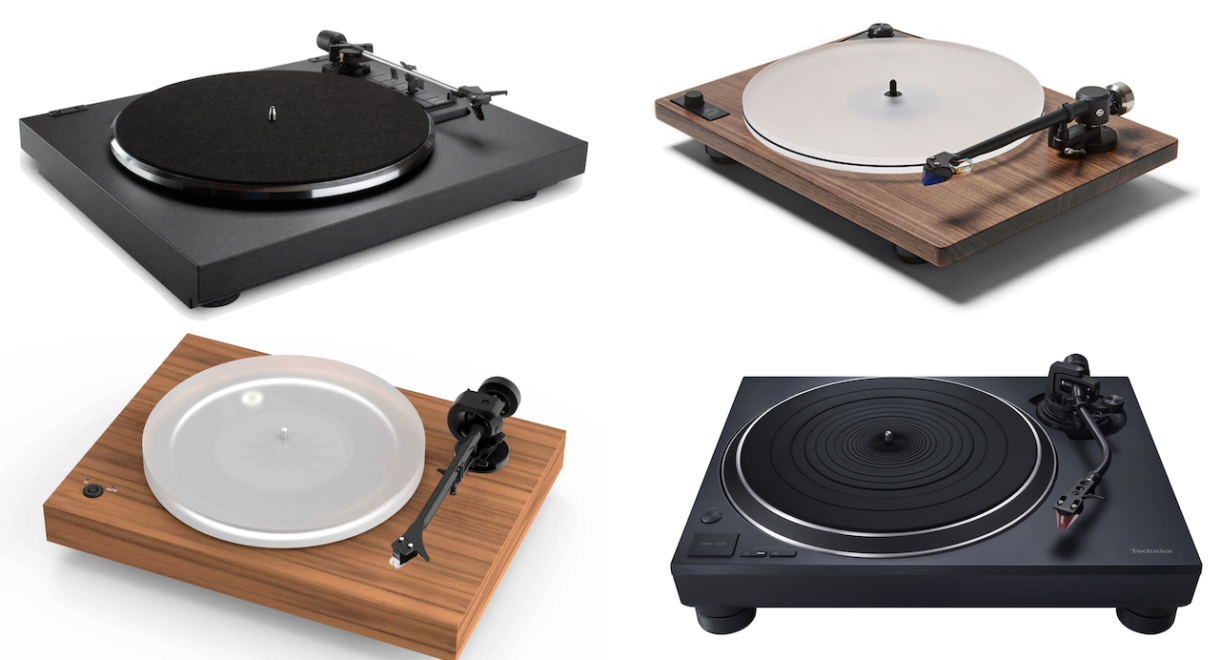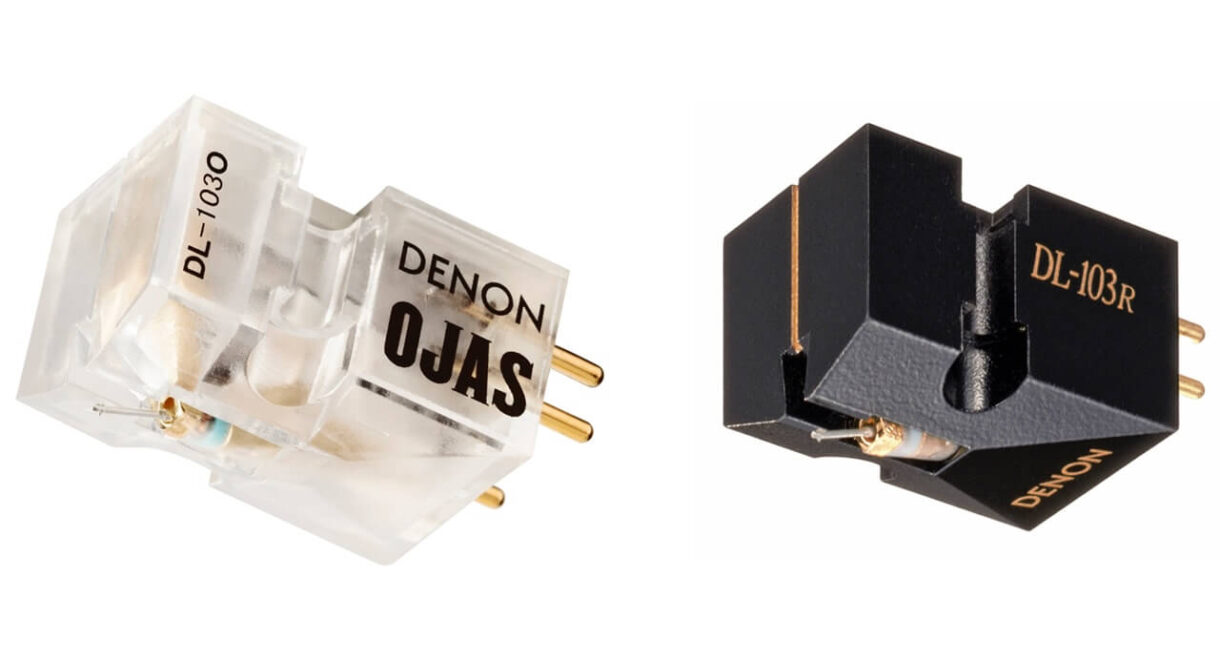Transparent clarity, deep bass, and “Invisible Sound” from German audio company ADS. Background: One of the lesser known hi-fi brands of the ’70s, ADS (Analog and Digital Systems) […]
The Most Significant Turntables?

Ecoustics guides us through the history of recorded playback from Edison’s Phonograph to Thorens and Technics.
Almost 145 years have elapsed since Edison’s Phonograph was patented.
Since then, which turntables were truly significant? What technical capabilities and design features did they introduce?
We could easily publish a list of the “best” turntables available right now but 99% of the planet could never afford them and will never have the opportunity to listen to one. This feels like a more interesting discussion.
We’ve included some tables from the late 1900s and the first part of the 20th century because they were indeed, very significant…

Edison Phonograph
The Edison Phonograph, invented by Thomas Edison in 1877, is considered the earliest form of recorded sound playback. It used a cylindrical wax cylinder and a hand-cranked mechanism, laying the foundation for future turntable designs.

Victor Talking Machine
Introduced in 1906 by the Victor Talking Machine Company, this turntable became an iconic symbol of the early 20th century American music industry. It used a spring-driven motor to rotate a flat disc, and its signature “His Master’s Voice” logo became an enduring symbol of high-quality audio.

Philips 212 Electronic
The Philips 212 Electronic, introduced in 1965, was one of the first commercially successful turntables to feature an electronic speed control mechanism. It marked a shift from manual speed adjustment to accurate electronic speed regulation, setting a precedent for future turntable designs.

Garrard 301
The Garrard 301, introduced in 1954, was a breakthrough turntable known for its innovative idler-wheel drive system. It offered superior speed stability and became a benchmark for audio quality, influencing turntable design for years to come.

Acoustic Research XA
Introduced in 1961, the AR XA was only $58 and what made it unique was how it handled vibration and how low its rumble measured. The package did not come with a cartridge but the price included the table, tonearm, stylus gauge, and dustcover.
The most interesting aspect of the design was its mounting system; Edgar Villchur realized that instead of attaching the motor, tonearm, and lightweight platter to the table’s top plate, it made more sense to mount the platter and tonearm to a sub platform which was suspended underneath the top plate at 3 very distinct points with damped springs with a low resonant frequency.
By doing so, the tonearm and record were isolated from footfalls and other acoustic vibration. Thorens and Linn would incorporate these concepts into their future tables.

Thorens TD-150
In 1965, the Thorens TD 150, an inconspicuous little turntable, came on the market and thus started a technical revolution in record player manufacturing. For the first time, a spring-suspended sub-chassis with an inner platter driven by a flat belt was used in a mass-produced unit. The principle proved to be very successful and found many imitators in the years since.

Thorens TD-124
The Thorens TD-124, released in the late 1950s, is highly regarded for its engineering excellence and advanced features. It featured a heavyweight platter, idler drive, a unique floating suspension, and a durable build, setting new standards for turntable performance and reliability.

Technics SP-10
The Technics SP-10, introduced in 1970, was a groundbreaking direct-drive turntable known for its exceptional speed stability and accuracy. It became popular among professional audio engineers and studios, setting a benchmark for precision playback.

Linn LP12
The Linn LP12, introduced in 1972, played a crucial role in the resurgence of vinyl and the growth of the high-end audio market. It featured innovative suspension and vibration isolation techniques, setting new standards for turntable design and sound quality.

Technics SL-1200
The Technics SL-1200, launched in 1972, is one of the most significant turntables in history. It revolutionized DJ culture and became the industry standard for its direct-drive system, rugged build quality, and precise pitch control.

Rega Planar 3
The Rega Planar 3, first introduced in the 1970s and continuously refined over the years, became a symbol of simplicity, affordability, and excellent sound quality. It made high-quality audio accessible to a broader audience and became a popular choice among vinyl enthusiasts.

Dual 1219
The Dual 1219, released in the 1970s, was one of the first turntables to incorporate automatic features such as auto-start, auto-stop, and automatic tonearm return. It introduced convenience and automation to the turntable market, shaping the future of consumer audio.

Pro-Ject Debut Carbon
The Pro-Ject Debut Carbon, introduced in the late -1990s, played a crucial role in making high-quality turntables more affordable and accessible. It offered impressive sound quality and build quality at a budget-friendly price, attracting a new generation of vinyl enthusiasts.










